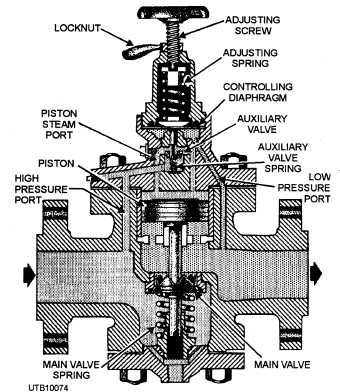
Figure 4-8. - Spring-loaded diaphragm type of pressure-reducing valve.
is controlled by means of a pressure difference on both sides of the diaphragm. The diaphragm is secured to the stem. Reduced water pressure from the valve outlet is then led through an internal passage to a diaphragm chamber located below the diaphragm. An adjusting spring acts on the upper side of the diaphragm. A leather cup washer or a neoprene O ring makes the water seal between the valve inlet and the diaphragm chamber. This seal is located halfway down the valve stem.
The amount of water pressure applied to the underside of the diaphragm varies according to the discharge pressure. When the discharge pressure is greater than the spring pressure, the diaphragm is forced up. Since this is an upward-seating valve, the upward movement of the stem tends to close the valve or at least to decrease the amount of discharge. When the discharge pressure is less than that of the spring pressure, the diaphragm and the valve stem are forced down, opening the valve wider and increasing the amount of discharge. When the discharge pressure is equal to the spring pressure, the valve stem remains stationary and the flow of water through the valve is not changed.
The amount of pressure applied by the spring to the top of the diaphragm can be adjusted by turning an adjusting screw. Turning the adjusting screw CLOCKWISE increases the pressure applied by the spring to the top of the diaphragm, which, in turn, opens the valve. Turning the adjusting screw COUNTERCLOCKWISE decreases the amount of spring pressure on top of the diaphragm, which, in turn, decreases the amount of discharge. Opening and closing of the valve continues as long as the discharge pressure fluctuates.
Figure 4-9 shows a different type of spring-loaded pressure-reducing valve. In this valve, water enters on the inlet side and acts against the main valve disk, tending to close the main valve; however, water pressure is also led through ports to the auxiliary valve, which controls the admission of water pressure to the top of the main valve piston. This piston has a larger surface than the main disk; therefore, a relatively small amount of pressure acting on the top of the main valve piston tends to open the main valve and also allow water at reduced pressure to flow out the discharge side.
PRESSURE-RELIEF VALVE
This type of valve discharges water from pipes or systems when the maximum desired pressure is exceeded. Normally, the valve starts to open at the set pressure and continues to open gradually until the

Figure 4-9. - Spring-loaded pressure-reducing valve.
Continue Reading